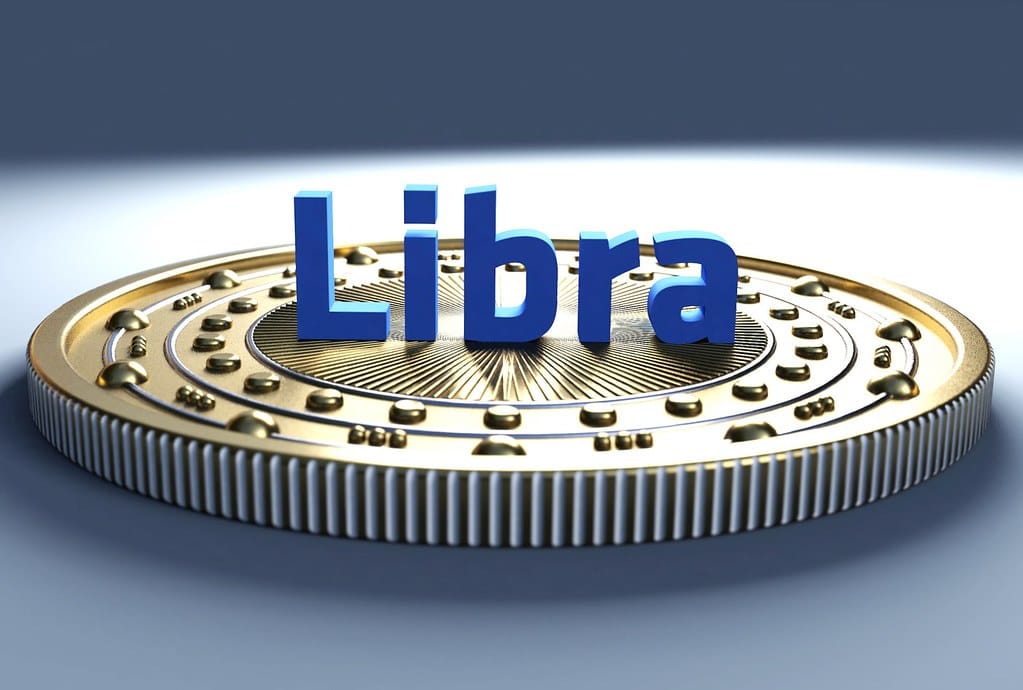Citi Executive Sounds Alarm: Stablecoin Yields Could Trigger Bank Deposit Exodus
A senior Citigroup executive has issued a stark warning that could reshape how traditional banks view the rapidly evolving digital asset landscape. As stablecoins begin offering yields that significantly outpace traditional savings accounts, one of America's largest banks is raising red flags about a potential mass migration of deposits away from the conventional banking system.
The Digital Disruption Banking Fears Most
The warning comes at a time when stablecoins—digital currencies pegged to traditional assets like the US dollar—are no longer just tools for crypto traders. They're becoming legitimate alternatives to bank deposits, offering yields that make traditional savings accounts look obsolete.
While most major US banks offer savings account interest rates hovering around 0.5% to 2.5%, several stablecoin protocols are providing yields of 4% to 8% or higher. This dramatic difference hasn't gone unnoticed by consumers increasingly comfortable with digital financial products.
"We're seeing a fundamental shift in how people think about storing and growing their money," explained the Citi executive during a recent financial services conference. "When customers can earn three to four times more on their deposits through stablecoins, it becomes a serious competitive threat to traditional banking."
The Numbers Behind the Concern
The scale of potential disruption is significant. The total market capitalization of stablecoins has grown from roughly $20 billion in early 2020 to over $125 billion today. Leading stablecoins like USDC and USDT now represent hundreds of billions in value that might otherwise sit in traditional bank accounts.
Consider the math from a consumer perspective: A $10,000 deposit earning 0.8% annually in a traditional savings account generates just $80 in interest. That same amount in a stablecoin yielding 5% would produce $500—a difference of $420 per year that's hard for savers to ignore.
Beyond Traditional Banking Services
The threat extends beyond simple yield competition. Modern stablecoin platforms often provide 24/7 accessibility, instant transfers, and integration with decentralized finance (DeFi) protocols that offer additional financial services without traditional banking intermediaries.
These platforms are also attracting younger, tech-savvy customers who are already comfortable managing finances through mobile apps and digital interfaces. For this demographic, the transition from traditional online banking to stablecoin platforms feels natural rather than revolutionary.
Regulatory Questions Loom Large
However, the stablecoin sector operates in a complex regulatory environment that traditional banks argue creates an unfair competitive advantage. Unlike bank deposits, stablecoin holdings aren't protected by FDIC insurance, and the regulatory framework governing their operations remains in development.
"There's a fundamental question about risk versus reward," noted financial analysts following Citi's warning. "While stablecoins may offer higher yields, they don't provide the same consumer protections as traditional bank deposits."
The regulatory landscape is evolving rapidly, with lawmakers and financial regulators working to establish clearer rules for stablecoin operations. These future regulations could significantly impact the yield advantages that currently make stablecoins attractive to depositors.
Banks Preparing for Digital Competition
Traditional banks aren't standing still in the face of this challenge. Many are exploring their own digital asset offerings, central bank digital currencies (CBDCs), and partnerships with established stablecoin providers.
Some institutions are also raising interest rates on traditional products and developing new hybrid offerings that bridge traditional banking with digital asset functionality. The competition is forcing innovation across the entire financial services sector.
What This Means for the Future
Citi's warning reflects a broader recognition within traditional banking that the financial landscape is changing rapidly. The success of stablecoins in attracting deposits represents more than a temporary market anomaly—it signals a fundamental shift in consumer expectations and financial product innovation.
For consumers, this competition creates opportunities to earn higher returns on savings while potentially accessing more flexible financial services. However, it also requires greater financial literacy to understand the risks and benefits of different options.
The ultimate impact will likely depend on how regulators balance innovation with consumer protection, and how quickly traditional banks can adapt their offerings to compete in this new landscape. One thing is certain: the days of taking customer deposits for granted may be ending for traditional banks.
As this financial evolution continues, consumers and institutions alike will need to navigate an increasingly complex but potentially more rewarding financial ecosystem.

